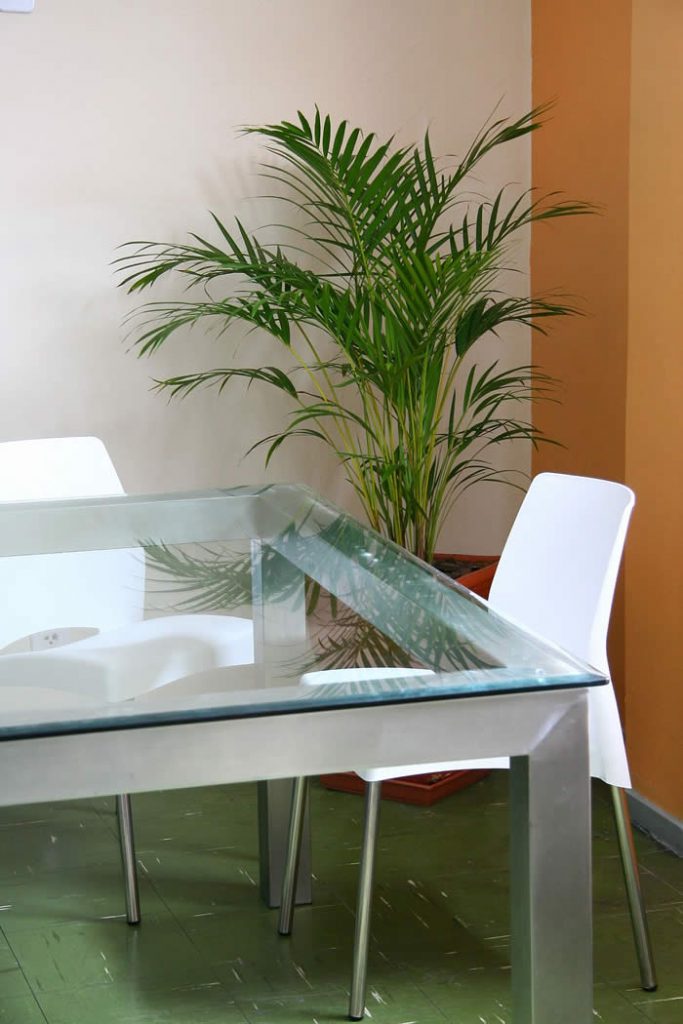People have been creating items that contribute comfort, convenience, and aesthetic appeal to their lives since the day the first hunter/gatherer pulled a stump up to the fire pit and sat down on it. Archaeological discoveries reveal that early cultures had furnishings made from bones, stone, and wood as far back as 30,000 years ago. Stone-built cupboards, seats, dressers, and storage boxes dating back over 3,000 years BCE can still be seen at the Neolithic village of Skara Brae in Scotland.
Advanced wood joinery techniques are visible in ancient Egyptian stools and tables dating from the same era. And from the earliest days, people have had more than simple utilitarian relationships with the favourite furnishings. Items of furniture have always been to a greater or lesser degree, products of design, thinking and objects for the expression of the artistic impulse.
Beautiful and Useful
Beyond the satisfaction of creating things that add to the comfort of daily living, building furniture has always offered a way for the individual to gain gratification from the manipulation of design fundamentals including line, proportion, texture, contrast, and colour. Similar to the making of pottery, jewellery, and clothing, furniture making offers nearly unlimited potential for the addition of ornamentation and production of decorative effects. Most furniture construction is also work that can be easily carried out by the individual.
Yet it is somewhat unique in that the resulting products can be enjoyed by many, or even offered up to benefit society on a very broad scale. For example, consider the humble bench most commonly seen at bus stops, in train stations, and around parks and playgrounds bringing respite and rest to so many every day. And how many of the thousands of users of such a piece imagine that they are interacting with one of the oldest known and most important furniture types? It’s true – for tens of thousands of years, seating has occupied central roles in terms of both functional and decorative use in human cultures across the globe.

Furniture Design in the Age of Technology
Modern home furnishing design has tended to emphasize the creation of unified themes that can be leveraged to reflect the tastes of the user or the stylistic tempo of the times. Furniture design elements are also commonly purposed to mesh with and accent particular architectural spaces. The advent of computer technology and furniture design software has given furniture designers and builders powerful capabilities to visualize and create model pieces, then populate virtual spaces with them.
Because modern homes often feature open spaces that flow into each other, calling for more coordination of design elements, this ability to experiment with the effects of thematic unity in furnishings and cabinetry is an invaluable tool for furniture designers and builders. Software modelling allows for convenient and realistic display of the aesthetic effects of a full inventory of furnishings from dressers, living room suites, and dining sets to closet, bathroom, and kitchen cabinets and shelves. Various arrangements of cabinetry elements can be planned and displayed. Then, in the build phase, computer-assisted tooling allows for very precise construction tolerances and a significant reduction of wastage.







